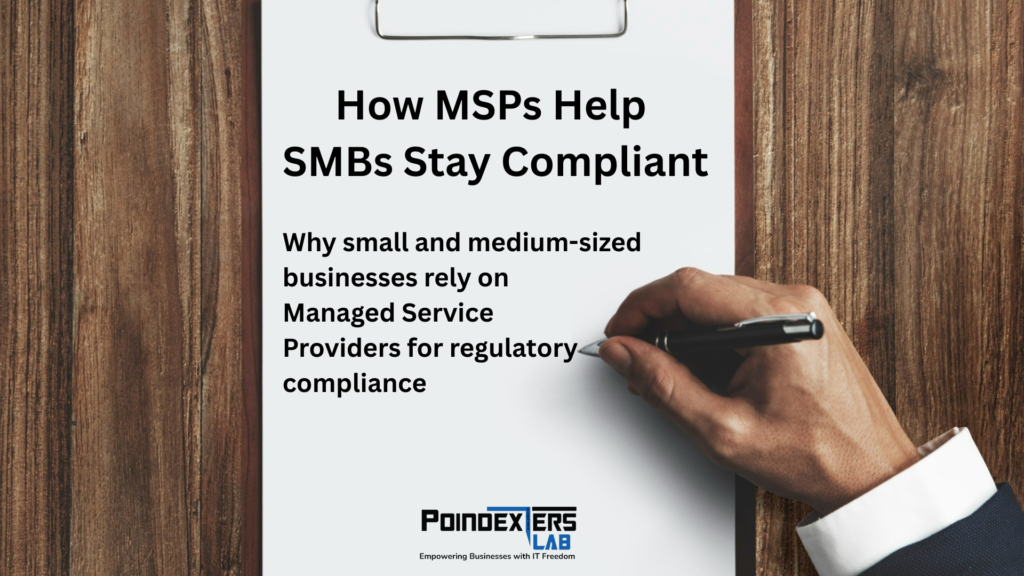Maximizing Security and Efficiency: The Critical Role of Regular Windows Patching
Poindexters Lab
June 2, 2024

In today’s rapidly evolving digital landscape, safeguarding your computing environment is more critical than ever. Regular Windows patching is a cornerstone practice for maintaining not only security but also system efficiency. This blog post explores the crucial aspects of keeping your Windows systems up-to-date and the myriad benefits it brings.
Understanding Windows Patching:
Windows patching involves updating your operating system with the latest patches released by Microsoft. These patches can include security updates, bug fixes, and feature enhancements, all designed to improve the stability and functionality of your system.
Why Regular Patching is Important:
Enhanced Security:
- Protection Against Vulnerabilities: Regular patching closes security gaps that cybercriminals exploit, significantly reducing the risk of attacks.
- Defense Against Malware: Updates help shield your system from malware, including ransomware, which often exploits outdated systems.
Improved System Performance:
- Bug Fixes: Regular updates rectify bugs that can slow down or crash your system, ensuring smoother operation.
- Feature Enhancements: Updates can also introduce new features that improve the usability and functionality of your operating system.
Compliance and Risk Management:
- Meeting Compliance Standards: Staying updated helps comply with regulatory standards, avoiding legal issues and potential fines.
- Risk Mitigation: Timely patch application mitigates the risks associated with cyber threats and data breaches.
Cost Savings:
- Avoiding Downtime: Minimizing system failures and crashes reduces costly downtime.
- Reducing Incident Response Costs: It is more cost-effective to prevent security incidents than to address their consequences.
Best Practices for Windows Patching:
- Automate Updates: Set your system to automatically install updates to minimize vulnerability windows and lessen the workload on IT staff.
- Regularly Check for Updates: Occasionally verify that updates are complete to ensure no patches have been overlooked.
- Test Patches Before Deployment: In business settings, test updates in a controlled environment before a full rollout to prevent disruptions.
- Stay Informed: Keep abreast of the latest security news and updates from Microsoft and other credible sources to understand the relevance of patches and prepare for emerging threats.
Conclusion:
Regular Windows patching is a fundamental practice that ensures the security, performance, and compliance of your computing environment. By adopting a proactive approach to updates, you safeguard your systems against vulnerabilities, boost their functionality, and avoid unnecessary costs related to downtime and security breaches. Make patch management a top priority to maintain robust and secure Windows systems in the face of continuous cyber threats.
Have Any Question?
Are you making the most of Windows patching to protect and enhance your systems? Contact us today for expert assistance in optimizing your patch management strategy, ensuring your business remains secure and efficient.
- (647) 800 4399
- [email protected]





